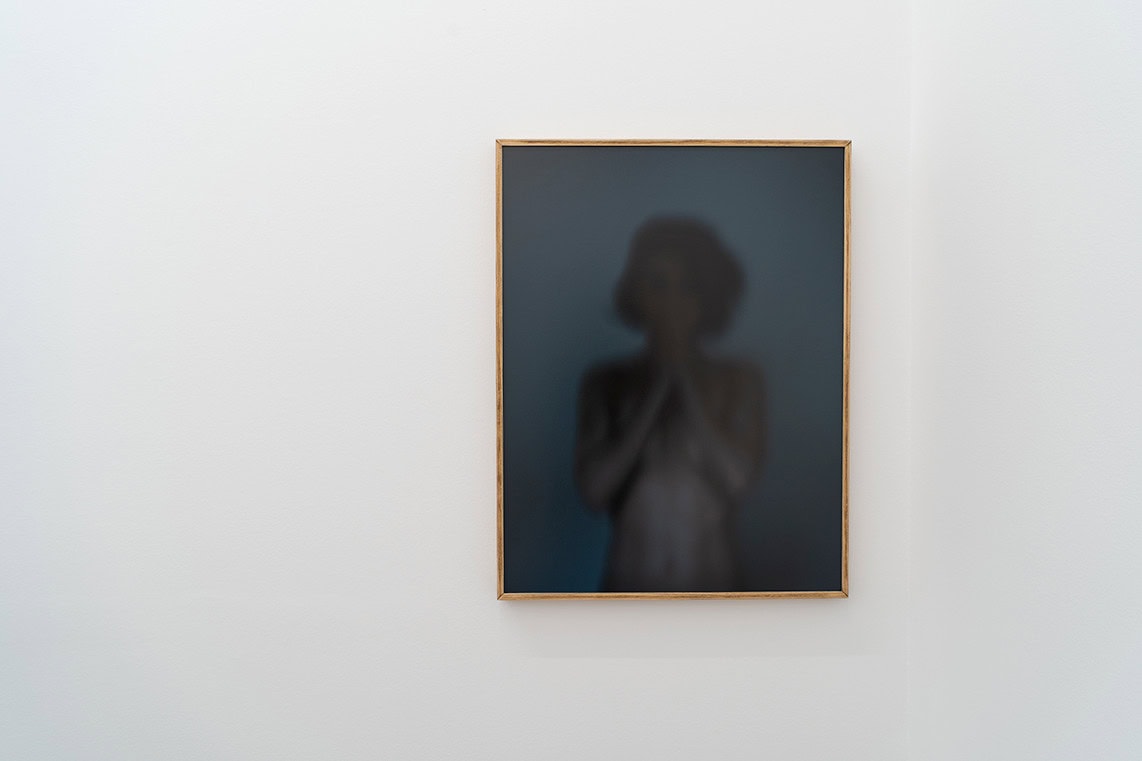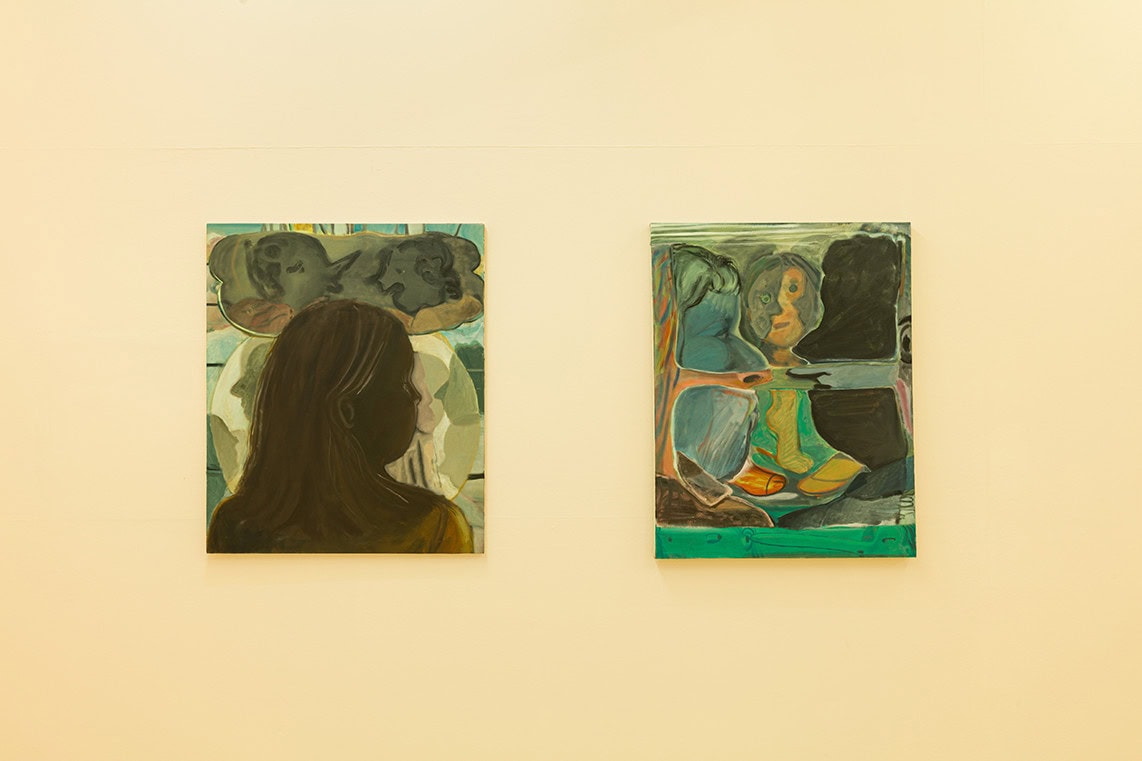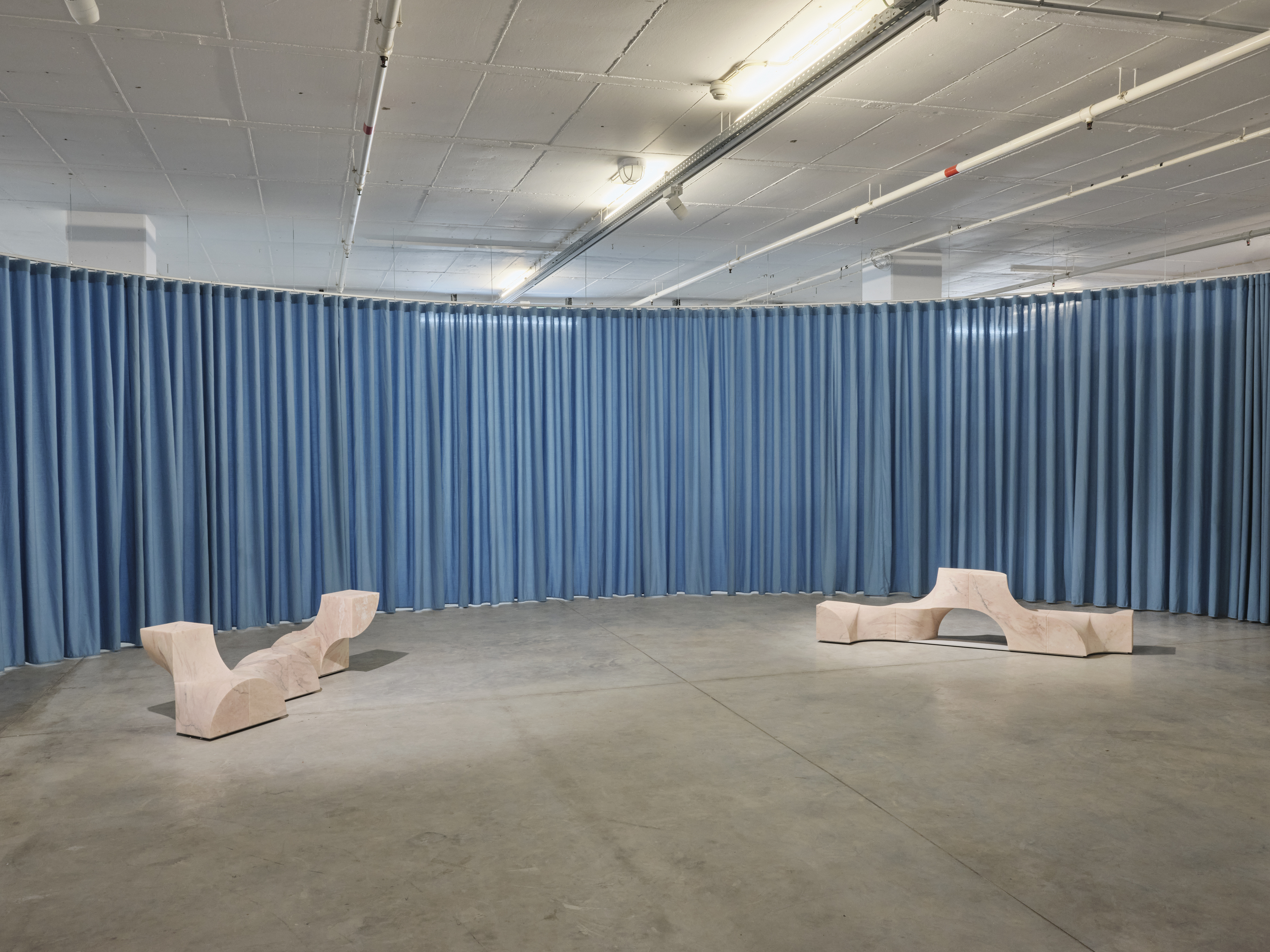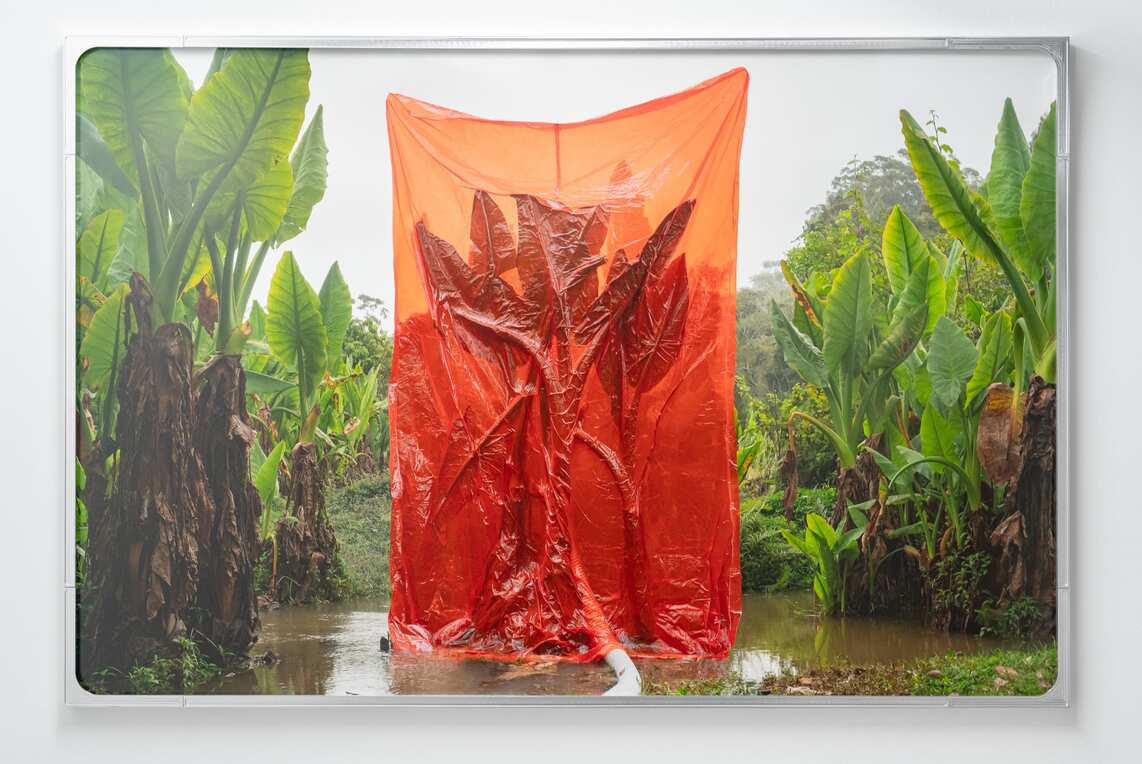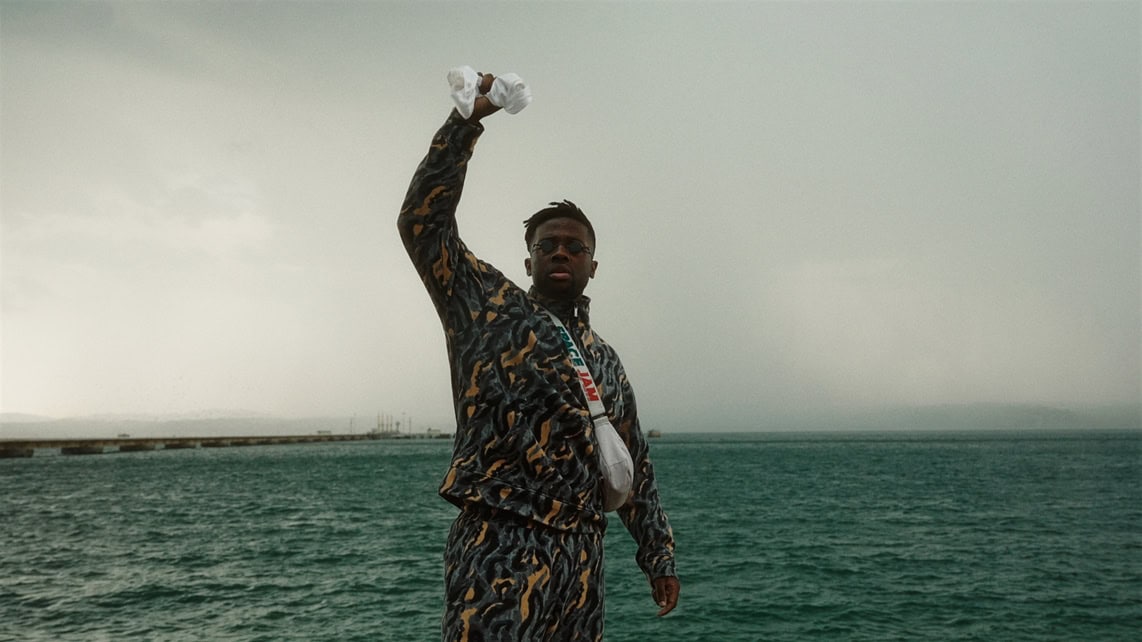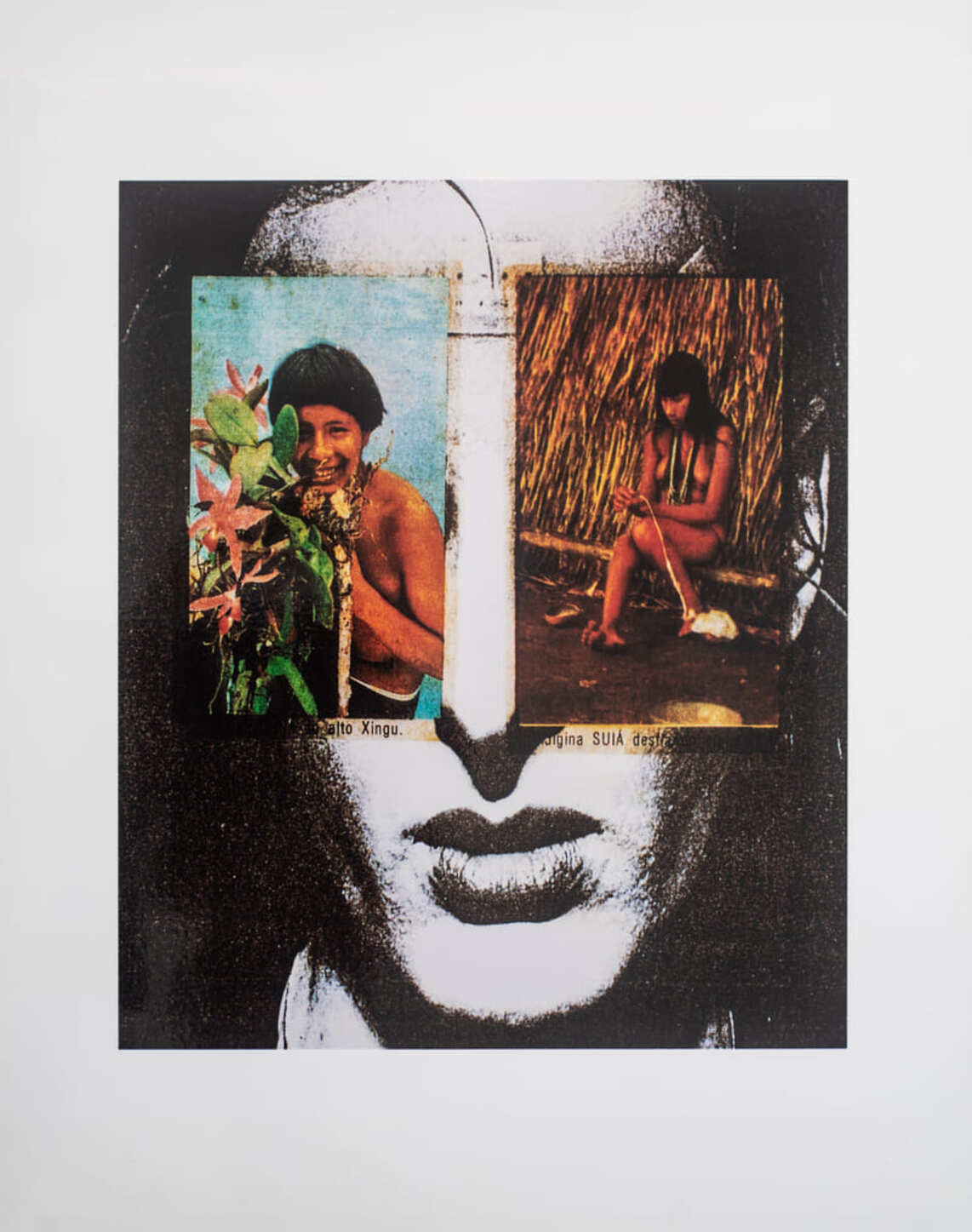Luísa Salvador is a visual artist and researcher, PhD in Contemporary Art History at NOVA FSCH, with the project Paisagens Cruzadas: caminho e rasto na arte contemporânea (Crossed Landscapes: path and trail in contemporary art). With an eye for images and times that unfold alongside or parallel to the present, Luísa considers the resonances between bodies, species, worlds, or even dimensions – there is some kind of quest for an esotericism, handled with seriousness and curiosity. In June, for UmbigoLAB’s Cover of the Month, she has developed a diptych that speaks to the theme of the magazine’s upcoming issue, Umbigo #89: the Apocalypse.
When we talk about your artistic practice, we are discussing contact experiences with the world that are visually set in a balance of delicate and harmonious forms. How do you see the similarities – or differences – between your visual compositions and the way you live and move in the world?
I believe it’s all part of the same equation. Looking through a filter, the curiosity with which we get carried away by what surrounds us, the small gestures, breaths, existences, are all essential to artistic creation. Every leaf, every lemon, every stone carries within it all the natural elements that have come together to make them up in a particular way. Even though they all belong to the same family of affinities, each of these elements is unique and singular. Discerning the universal in the particular and the particular in the universal responds to the same thing. As soon as we have this insight and a clear awareness of these marvellous things, then living, moving in the world or creating is a single entity.
Regardless of whether it’s artistic creation or academic research and writing, your work seems to always show an effort to think about Time and its tangible and affective traces. What most fascinates you about the time dimension of life and non-life?
My academic research, which rapidly became a mutual relationship with my artistic work, led me to study the question of the trace, as a material vestige of a previous artistic process. Considering what remains after what has been done was a very important reflection exercise. It makes us more careful about what we create, because it will last beyond us. The things that last, the things that are lost, the things that are cherished and redeemed, the things that sink into oblivion, are all mechanised processes that give rise to mnemonic and historical narratives.
I personally find it fascinating to think about living and non-living things as subjects of potential creation, which necessarily involves questioning their origin and time dimension. We can always recognise the birth of a flower and its (short) lifespan, but we can also insert it into the annual spring cycle, we can find out when its existence was first recorded, we can find out how many people also celebrated it and what their ideas were about it. The time aspect is an essential part of the knowledge we want to have of any element that surrounds us.
And how does the act of writing – and, more specifically, the chronicle format – relate to this broader investigation into the passage of time?
Writing, and in particular the chronicle, is one way of capturing moments that I come upon in my daily life. Artistic work has a certain task of translation. What is the most efficient way of communicating an idea? The memory of a fire through a burnt and painted wooden board; the grooves of trails in the vastness of the desert through drawing with furrows and scratches; the reminiscence of volcanic fossils from an ancient eruption through present-day botanical species set in ceramics. These are all examples of work that I have developed with time, reflection and slow processes. Writing allows me to get in touch with elusive ideas that, in some way, I want to perpetuate. Episodes or memories or sensations that I not only do not want to escape, but I want them to establish a connection with those who read them.
Geology is an element often found in your work – as, for example, in Fool’s Gold (2018) or Semelhança por contacto (2021). How did this come about and how has the study of different rocks and geological formations led you to carve out another perception of the world?
My interest in geology dates back to my childhood. I have close examples of mineral and gem enthusiasts. I remember going to Lisbon’s mineral fair with my sister and cousins when I was a kid. My paternal grandfather handed down this legacy to us through the minerals he collected in his work. My maternal grandmother was also always fascinated by gems and semi-precious stones. As a result, I was close to geology without being aware of it. Much later, reading academically, I came across the work of Robert Smithson (1938-1973). An American artist, his work was crucial to the understanding of the territory in the 1960s and early 1970s. But his articles and writings influenced me the most, with their geological perspective on territory and time. His texts raised the question of geology to a broader understanding. Geology can be thought of from the standpoint of scale, of what surrounds us, of what forms us, of its temporal dimension, which is much slower and which precedes us and succeeds us. Perceiving the world from the standpoint of geology teaches us to be more empathetic and to greatly relativise our existence as a species.
Also, considering that you are the publisher of Almanaque – Reportório de Arte e Esoterismo, is there anything transcendental about the motivation for your research? Where do Luísa Salvador’s universes come from?
Almanaque was an editorial venture of which I was the founder and editor and it came about as a result of several factors. One of them was the intersection between art and esotericism, potential spiritualities and their approaches to specific themes. Each issue followed a theme, and the editorial team was free to write and reflect on that theme according to their own criteria. I realised, and hence the logic of an editorial project with a mostly permanent team and one guest per issue, that most of the authors had a less visible side. Many opted precisely to use pseudonyms, as an area of freedom to develop more esoteric or spiritual ideas and principles. I myself acted in this way, using the pseudonym Luísa Montanha e Vale, the editor and author of the forewords for each issue. It was therefore a very unique project, with the rare opportunity of having a team with full availability and commitment, and the possibility of working with people who believed in this project. Spirituality and esotericism are just another layer through which we can peer into the world. And we should keep our minds open to the unknown and our curiosity about new universes. Whether inside or outside of us.
What can you tell us about your future work or interests? Where do you imagine heading next?
Anything is possible. The important thing is to work. I want to continue taking part in group and solo exhibitions, to write and publish, and to have people who believe in what I develop and think.
